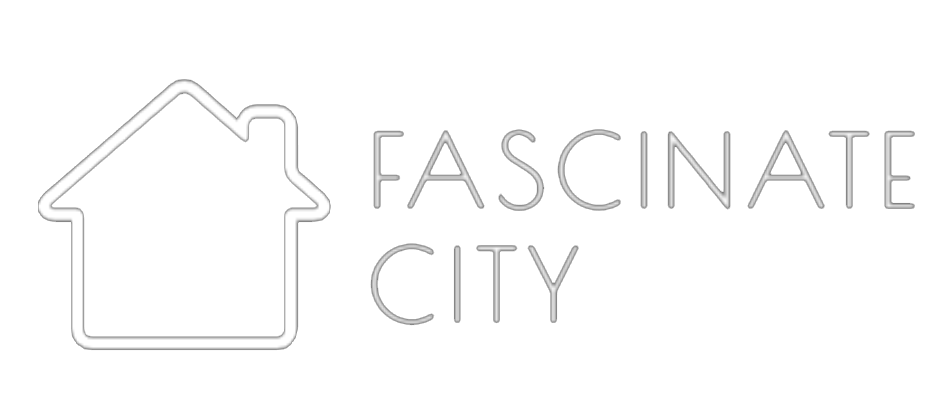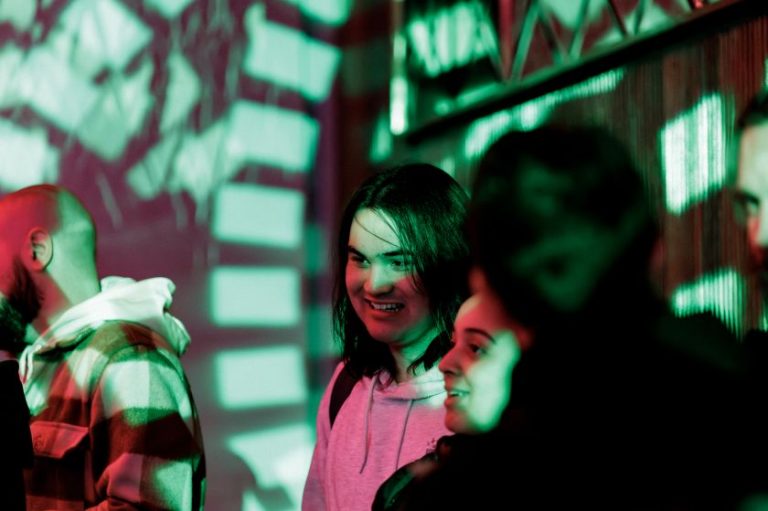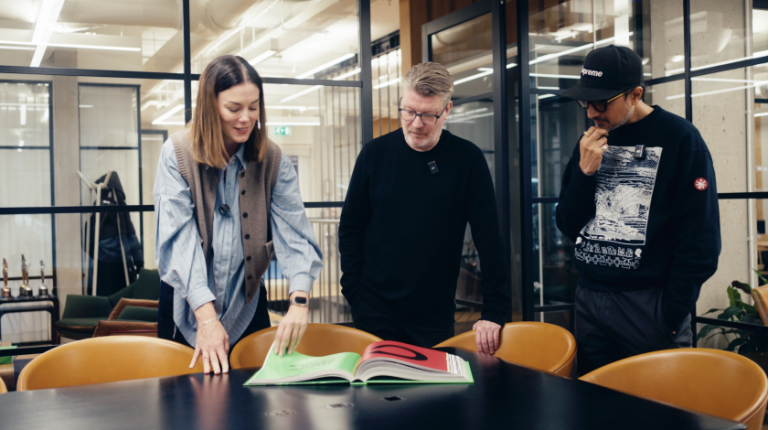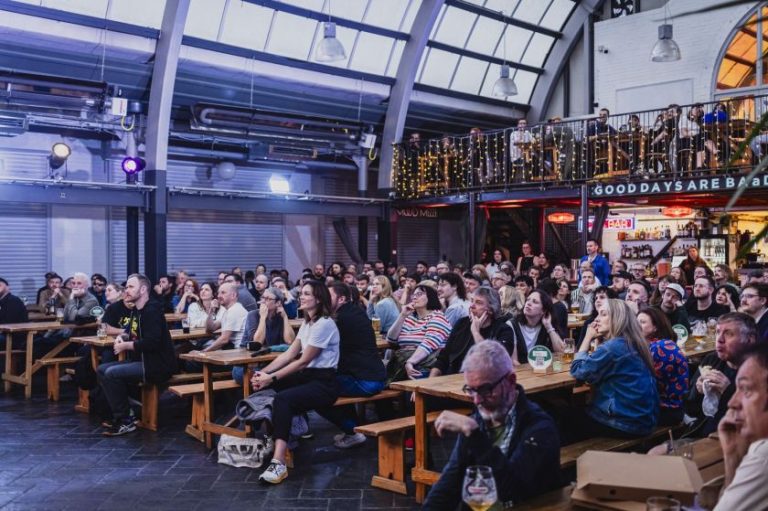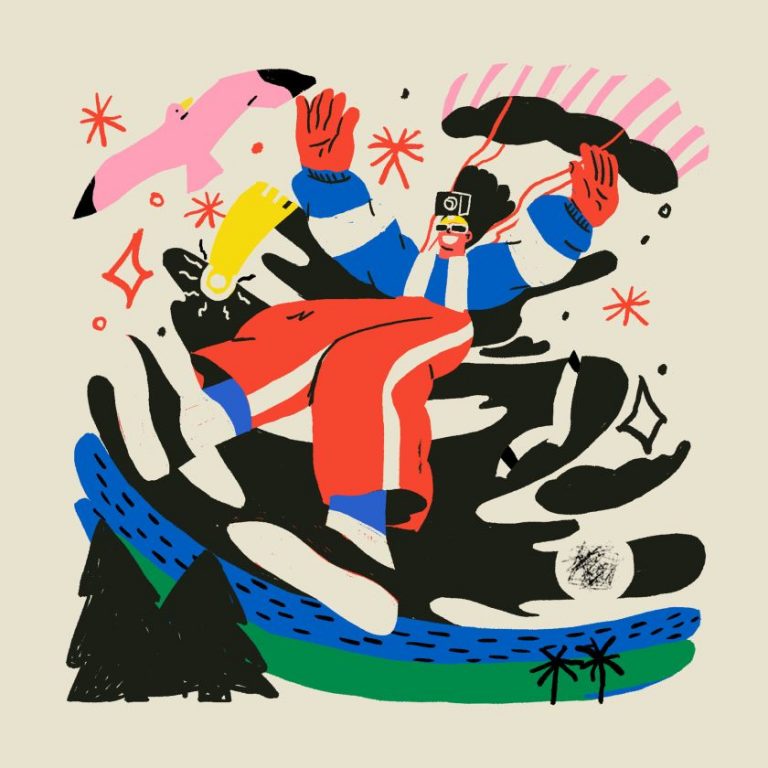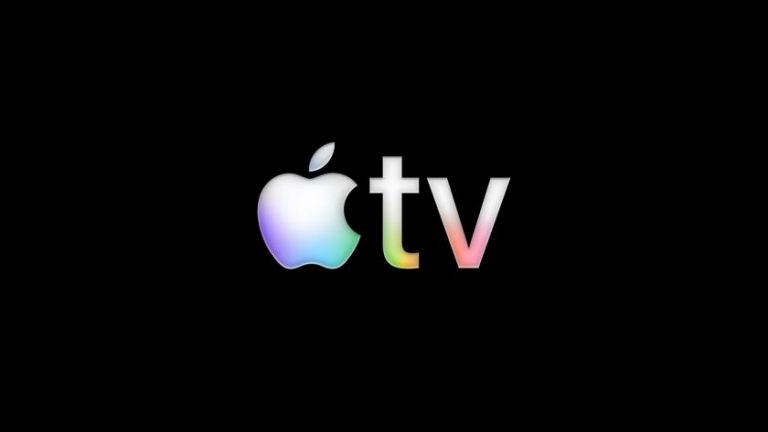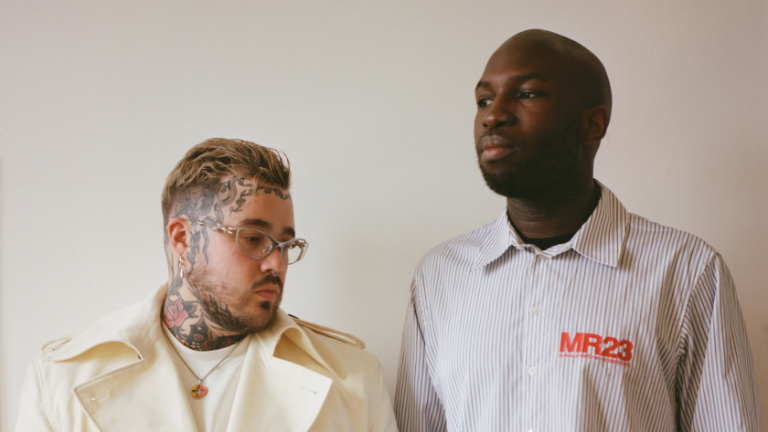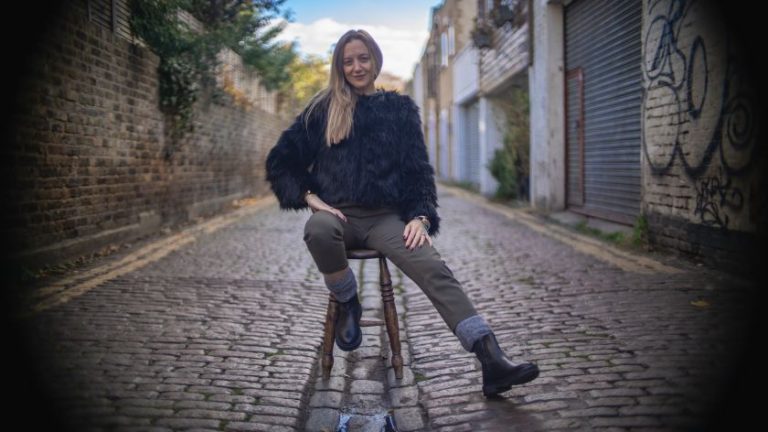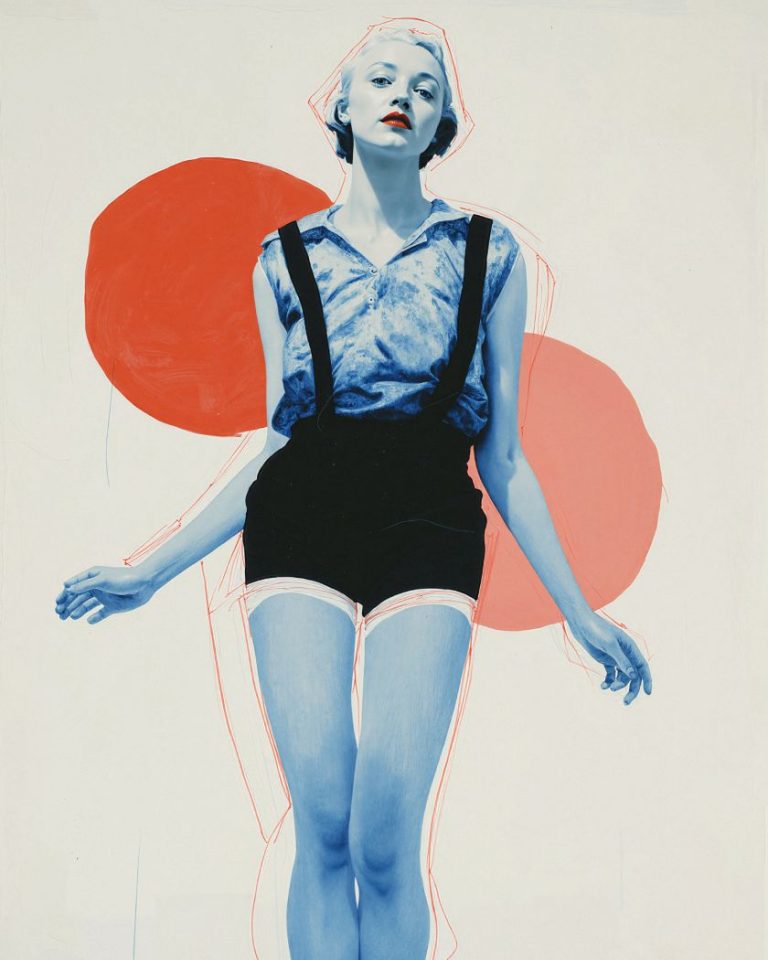Exploring the intersection of typography, technology, and social commentary, Slanted Experimental Type 3.0 challenges conventional design norms through a bold mix of AI-generated typefaces, variable fonts, and experimental techniques.
Slanted Publishers is continuing its exploration of unconventional typography with the release of Slanted Experimental Type 3.0, the latest instalment in its popular series.
The third edition – developed in collaboration with students from Dortmund University of Applied Sciences and Arts under the guidance of Professors Lars Harmsen and Andreas Ruhe – challenges traditional design approaches and embraces experimental typography in new and provocative ways.
Through a fusion of AI-generated typefaces, variable fonts, and unconventional methods, the book serves as both an archive and a manifesto for designers looking to push the boundaries of the discipline. With a central theme of ‘boundaries,’ the publication invites readers to question not just typographic norms but also the broader societal, geographical, and conceptual borders that shape our world.
Borders and beyond
Harmsen notes how the idea of boundaries, both physical and metaphorical, played a key role in shaping this edition. “Unfortunately, we live in a world where borders are increasingly being closed – nations build walls, lay minefields, and push back refugees,” he says. “With this edition, we wanted to go beyond the purely formal aspects of experimentation and also reflect on the deeper meaning of boundaries: What do they represent, and how can we overcome them?”
Ruhe adds that the book’s content mirrors this global perspective, saying: “Both the submissions from Slanted’s Call for Entries and the works of the course participants are highly international.
“Representing this diversity through the curation process in the edition was an important concern—for example, by showcasing many works in different languages and, above all, non-Latin writing systems. After all, languages can also create barriers and boundaries, which we aim to break down in this way.”
A collaborative experiment
A defining feature of Slanted Experimental Type 3.0 is its collaboration with students from Dortmund University. The process was divided into three phases—Collection, Design, and Publication—and the students engaged in rigorous research and experimentation, focusing on elements of chance, imperfection, and conceptual typography.
“As part of a joint course at FH Dortmund, the focus was on experimental typography,” says Harmsen. “The process began with gathering and researching projects that incorporate chance into the design process, as well as works based on errors, imperfections, or typefaces emerging from a concept or system.”
Students explored various design techniques, including monoline typefaces, digital brushes, and 3D software, such as Blender and Cinema 4D, to create highly dynamic and unconventional type forms. The inclusion of AI-generated fonts and variable typefaces brought a futuristic element to the publication, while analogue techniques grounded the work in traditional craft.
The Visual Identity of the Book
Students Nele Kreuger and Nihal Türkyilmaz, who contributed to the book’s visual identity, describe their approach as controlled chaos. “The goal was to create a controlled chaos, to be experimental, to think in layers, but also to keep a healthy balance between representing the works and the artist’s information,” they explain.
This philosophy is evident in the use of Benoît Bodhuin’s variable font Harber for pagination (the sequence of numbers assigned to pages in a book). The students add: “By gradually increasing the size of the pagination throughout the issue, we’ve created a flipbook effect—a playful gimmick that highlights the possibilities of unconventional design.”
Typography as a social commentary
Beyond aesthetics, the book also serves as a commentary on how typography reflects cultural and societal issues. “Typography has the power to communicate, challenge, and reflect societal issues, making it a tool that goes beyond mere visual expression,” says Harmsen.
Ruhe elaborates on this idea, stating that typography is inherently tied to language and culture. He says, “Typography is the visual form of our languages; languages influence our thinking and create cultural commonalities but also differences.
“The creative and experimental use of typography, in particular, can highlight these aspects and help us understand them better, ultimately dissolving cultural or ethnic boundaries.”
Embracing Imperfection and Unpredictability
Refreshingly, the book showcases design strategies that embrace mistakes, randomness, and imperfection.
“Our design team’s selection was driven by curiosity, seeking unexpected and exciting new facets of typography,” explain Kreuger and Türkyilmaz. “At what point does type remain readable, and when does it become purely abstract? Is its transformation intentional, or does it happen by chance?”
This ethos extends to the book’s editorial choices, as unconventional typefaces and experimental layouts challenge traditional readability while inviting new ways of engaging with typography.
AI, variable fonts, and the future of type design
With AI-generated typefaces taking centre stage, the book also explores how technology is reshaping design. “There’s almost no topic more relevant than AI these days. It’s basically everywhere and will be a total game-changer in the future,” says student Franziska Prüsener. “We don’t see these new tools as competitors but as another awesome opportunity to take our work to the next level.”
Harmsen acknowledges that AI and typography are still in the early stages of integration. “AI and typographic design do not yet fully align – we are still at the very beginning of this development,” he says. “However, individual letters can certainly acquire new textures and expressive forms through AI.”
Ruhe adds that Processing (p5.js) and other generative tools have also allowed designers to rethink the way type is created and challenge traditional methods.”
Experimental design in a commercial world
One of the recurring challenges in experimental design is finding a balance between creative freedom and commercial viability.
Harmsen notes, “Experimental work means being free. Clients rarely grant this freedom, and too often, the parameters of design must align with the requirements of the briefing. There is usually not enough time to experiment either.”
However, Ruhe argues that experimental and commercial design does not have to be at odds. He says: “It is important to continuously expand this repertoire, share it with the community, and engage in discussions about it.
“Learnings from these processes are often applied in commercial projects, with entire concepts built upon them.”
The evolution of experimental type
With its growing popularity, Slanted Experimental Type has cemented itself as a key platform for pushing the boundaries of typographic design. “When we first developed the Experimental Type edition, we didn’t initially think of it as a series,” says Harmsen. “However, its rapid sellout and subsequent reprints quickly made one thing clear: it is a series.”
Ruhe sees continued potential for growth, as “the rapid technological development of AI and the emergence of new software and web-based tools will continue to offer great potential for future editions”.
